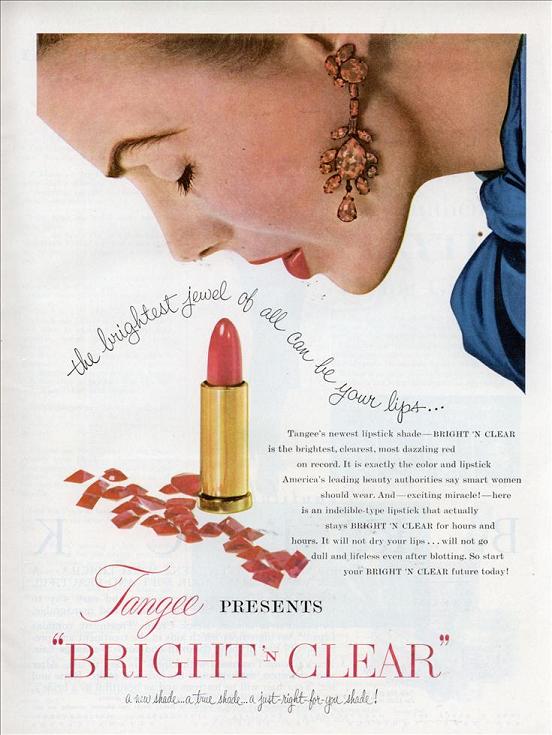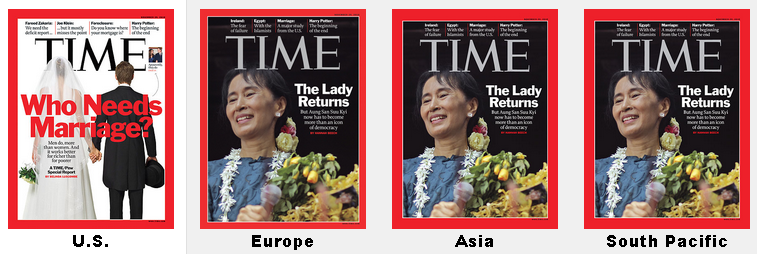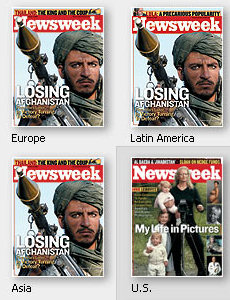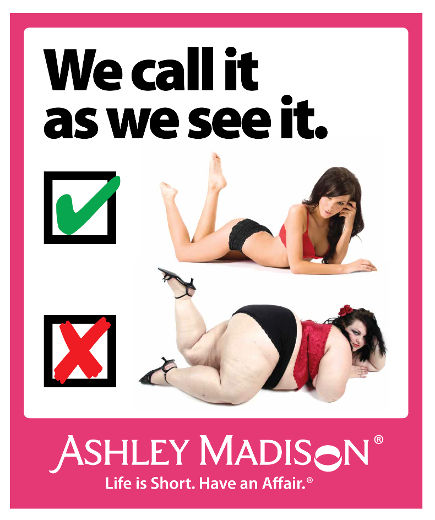I don’t know if “subliminal” is a real thing or just a layperson idea, but when I talk about media in Introduction to Sociology I show some images to show just how carefully advertisers are steeping their material in raw sex. I start with the image below.
I ask: Notice anything interesting about this image? Even in very large classes it usually takes a long time for anyone to see…

…that the shadow of the liquor bottle is pointing directly between her nearly bare breasts.
Here are some more:
This is a picture of an ad at the Burbank airport. Notice the profoundly phallic shape of the foaming surf that happens to be pointing directly at the woman’s crotch. The foam mimicks the crown printed at the top of the Budweiser bottle (in the upper left hand of the image in red).
And where is the rocket going?

This ejaculating bottle is in an ad for clothing in a magazine aimed at gay men:

What image accompanies the word “come”?

That’s Salma Hayak and Campari… or should I say Salma Hayak’s boobs and an ejaculation fantasy.

I love this one. Just underneath the banner you see two nuts, a thick pour and, let’s face it, a chocolate vaginal opening.

A vintage ad for Bright and Clear lipstick (found here):

Finally, Chappell E. sent in this Brookstone cover featuring a woman an an, errrr… automatic wine bottle opener:
See also our posts on ejaculation imagery, booby products, “boobs” in ads, other subtle and not-so-subtle sexual imagery used in advertising, and using sex to sell the most unlikely things.
Lisa Wade, PhD is an Associate Professor at Tulane University. She is the author of American Hookup, a book about college sexual culture; a textbook about gender; and a forthcoming introductory text: Terrible Magnificent Sociology. You can follow her on Twitter and Instagram.





















